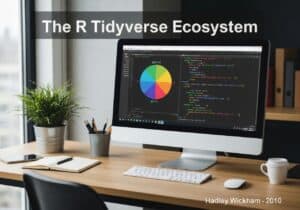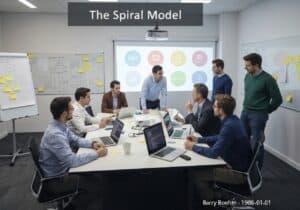Jakob Nielsen, a prominent usability consultant in UI and webdesign mainly, defined usability through five quality components: Learnability (how easy is it for users to accomplish basic tasks the first time?), Efficiency (how quickly can they perform tasks once learned?), Memorability (can users reestablish proficiency after a period of not using it?), Errors (how many errors do users make?), and Satisfaction (how pleasant is it to use?).



























